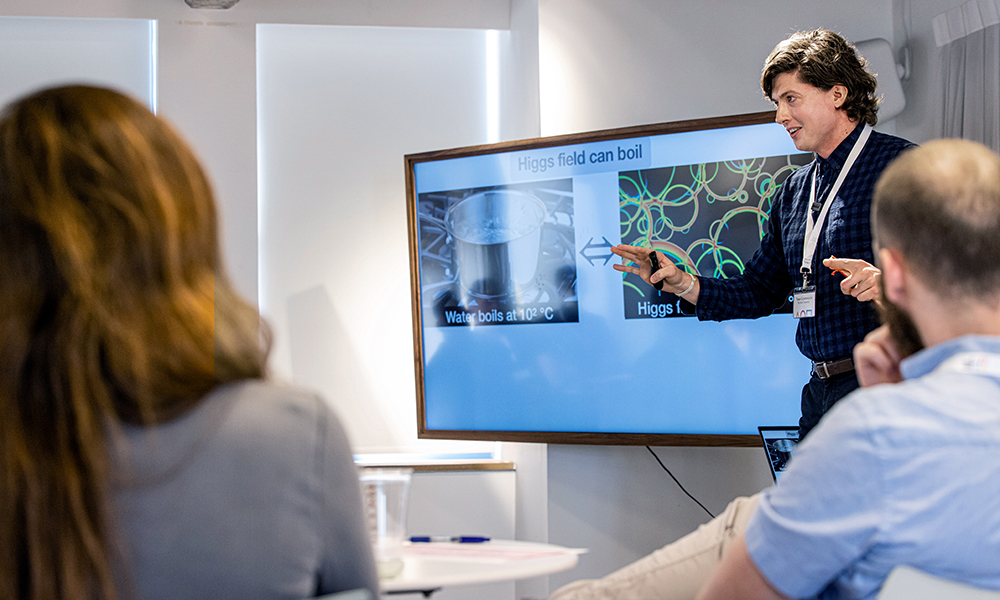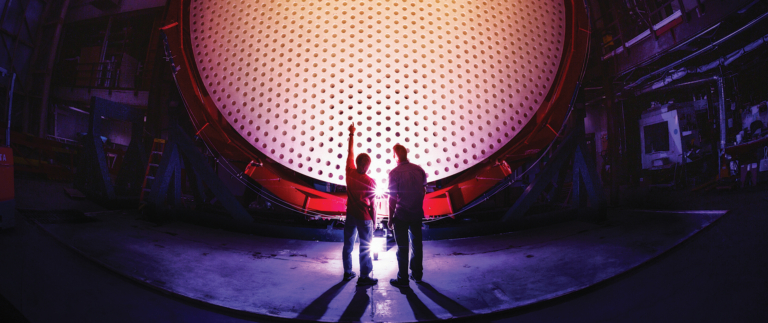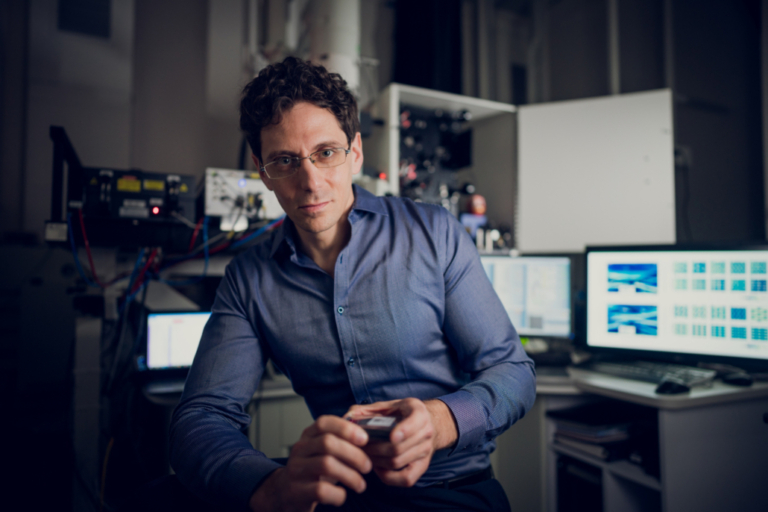Cosmology is a relatively young field. It was only in the late 1920s, barely a century ago, that astronomers and physicists started developing what we now call the Big Bang model of cosmic origins. Observations of distant galaxies showed that the universe is expanding, and that expansion is thought to have begun about 13.8 billion years ago, when the universe emerged from an unimaginably hot and dense initial state.
But numerous puzzles remain. For starters, only about five per cent of the universe is made up of ordinary matter (from which stars, planets and galaxies are made). About a quarter is made up of “dark matter,” whose nature remains a mystery. The rest is made of equally mysterious “dark energy,” a peculiar force that acts against gravity, pushing galaxies away from one another. Then there’s the puzzle of why there’s so much more matter than antimatter in the universe today, when our most successful theory — the so-called Standard Model — predicts that they were equally abundant at the universe’s birth. Another puzzle is why gravity is so much weaker than the three other known forces (electromagnetism and two short-range nuclear forces that operate within atomic nuclei).







